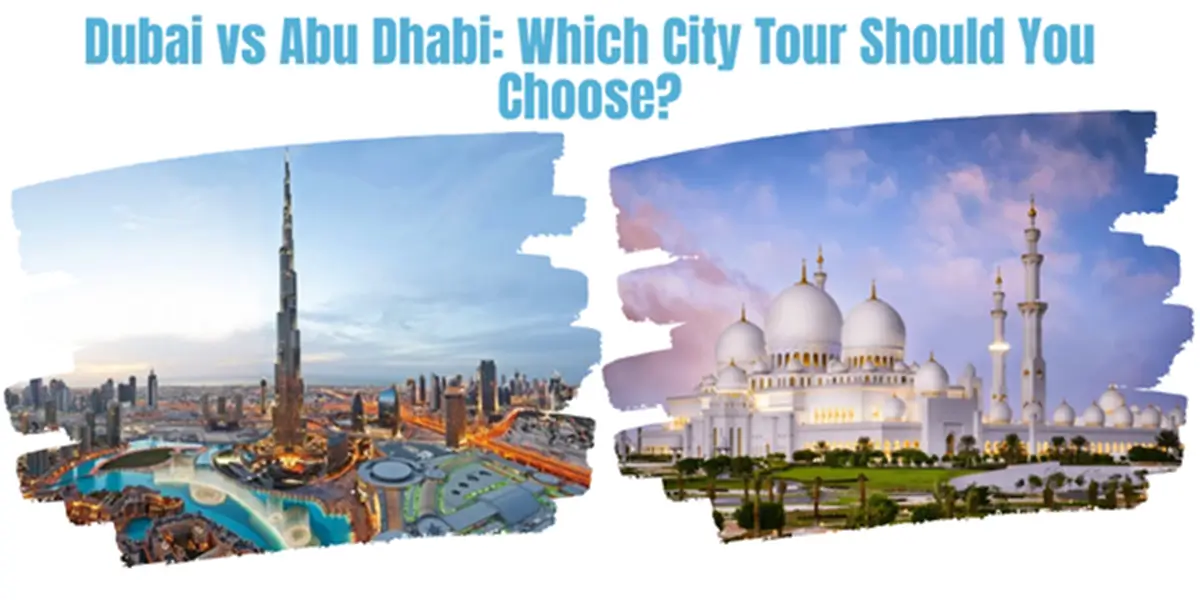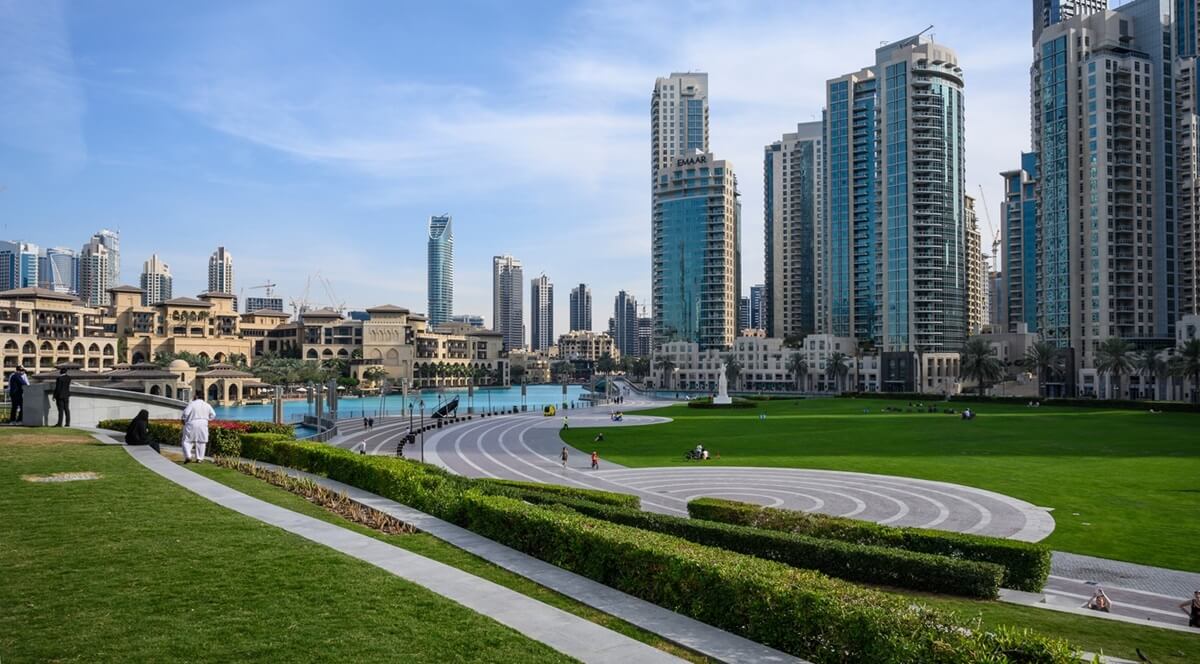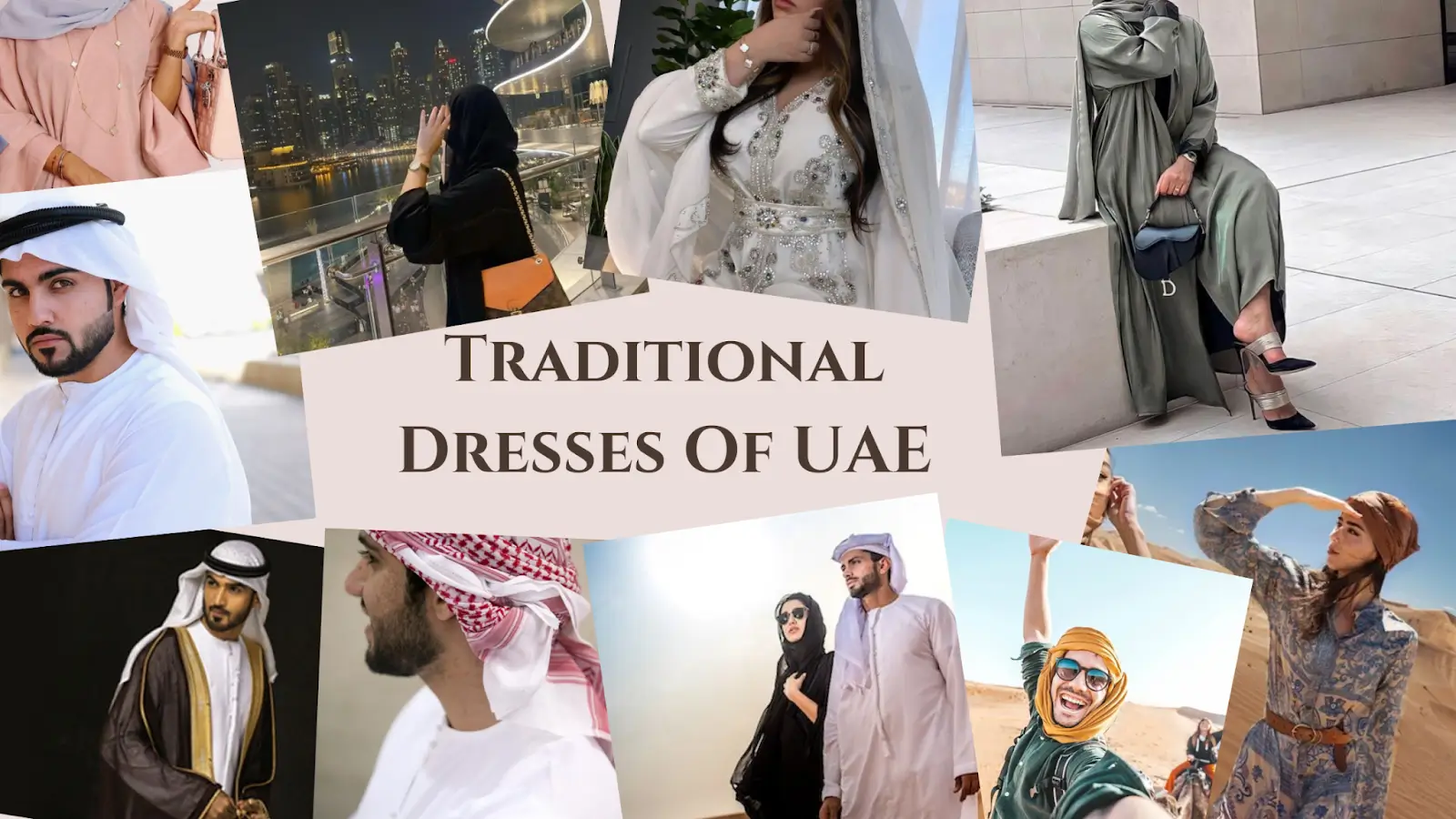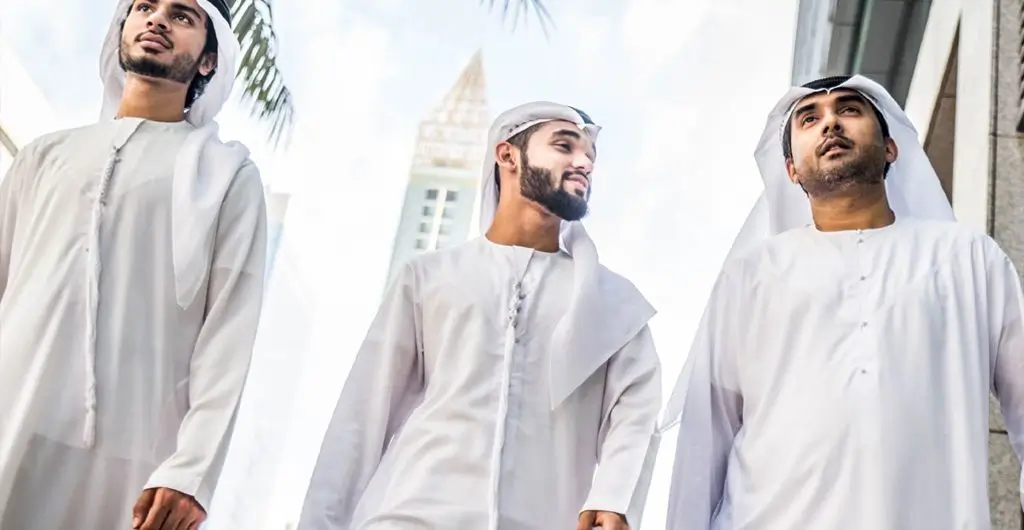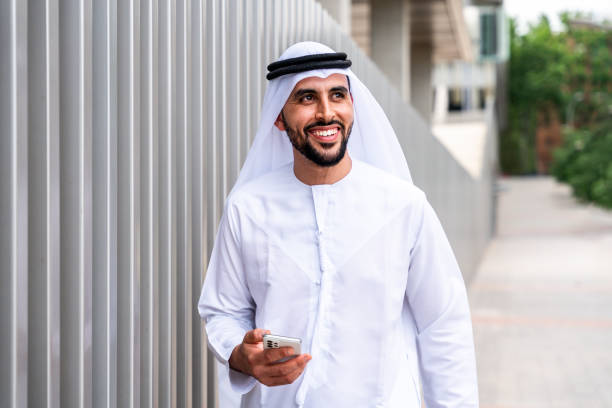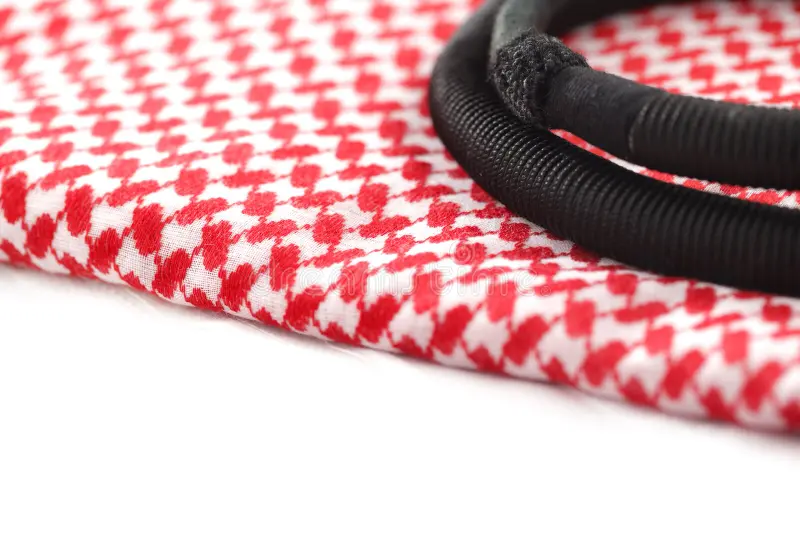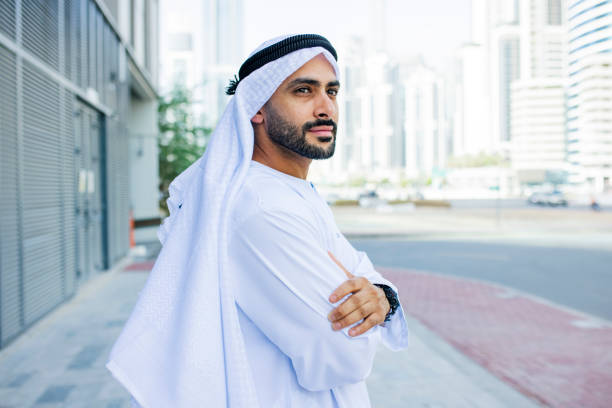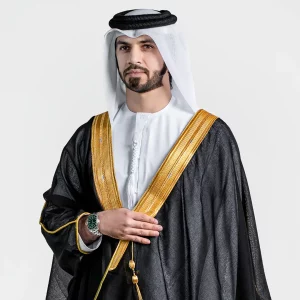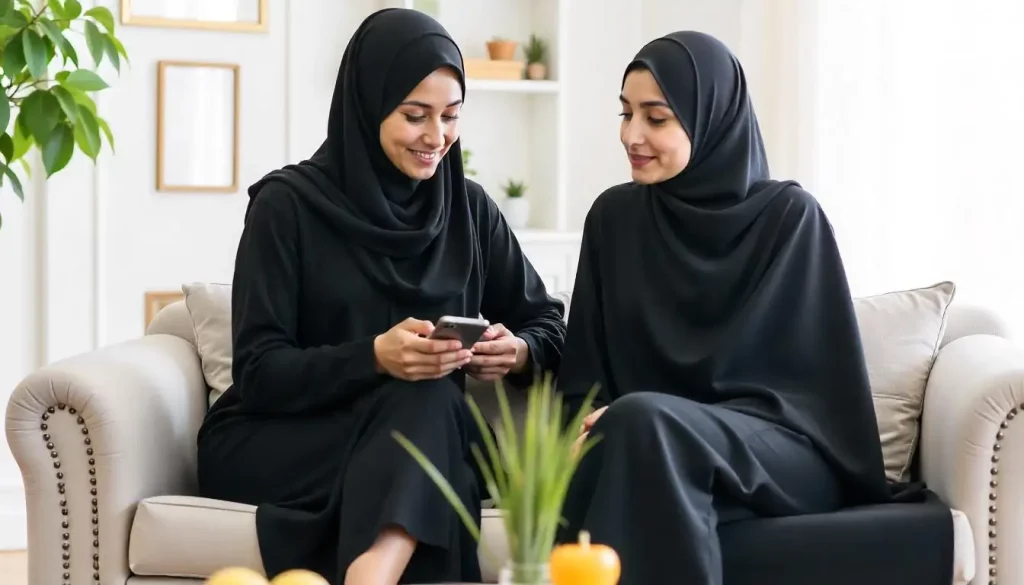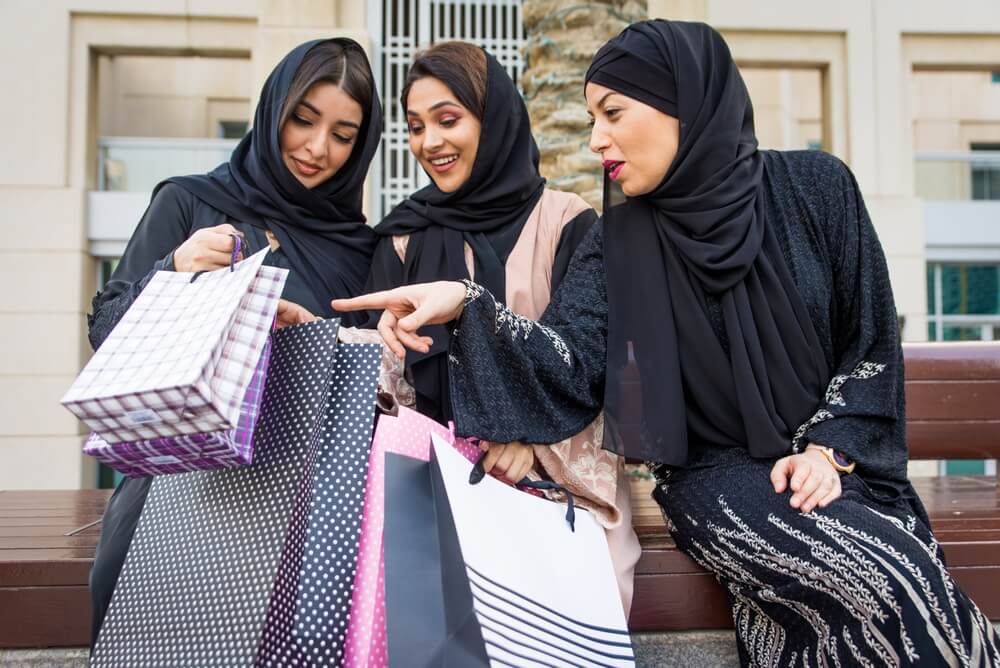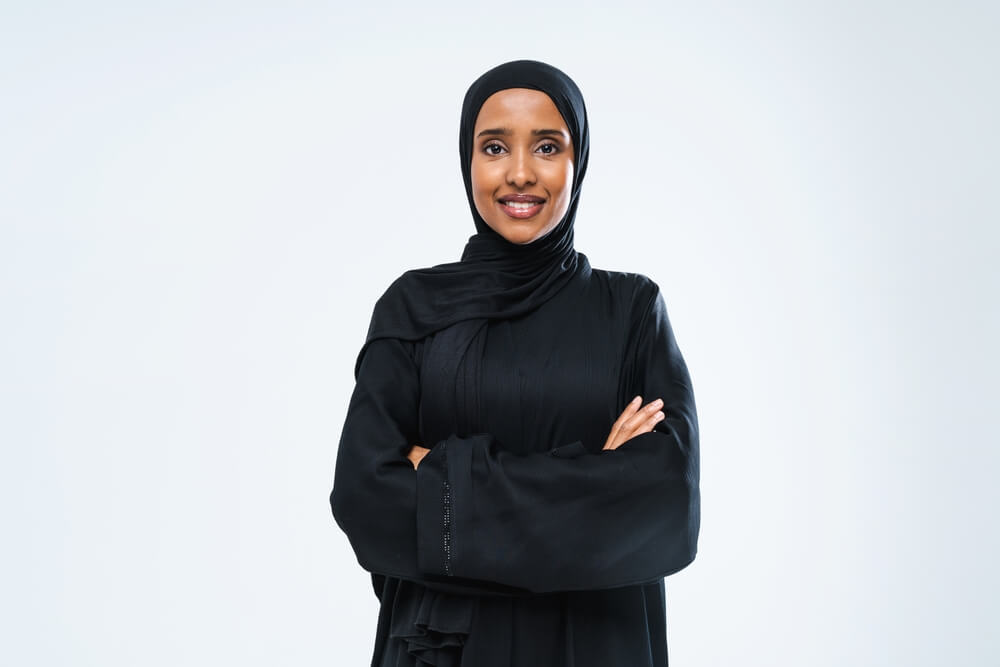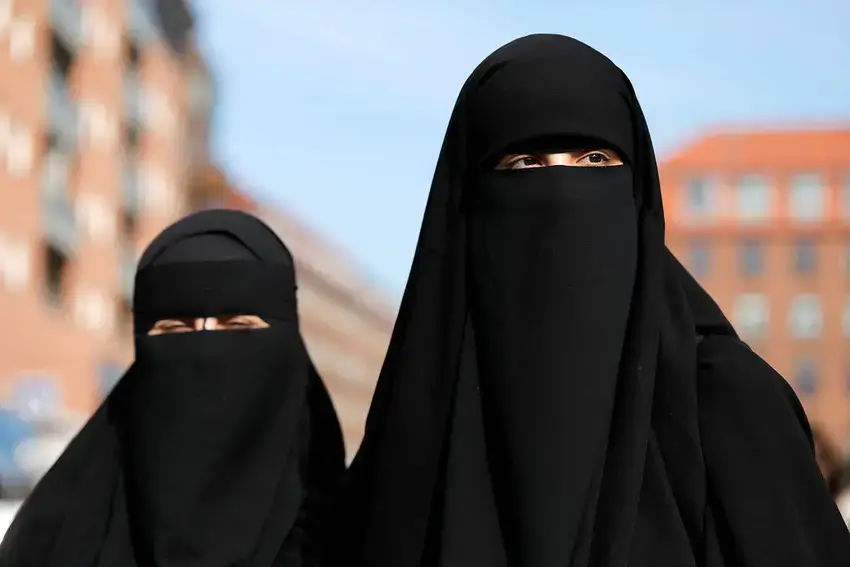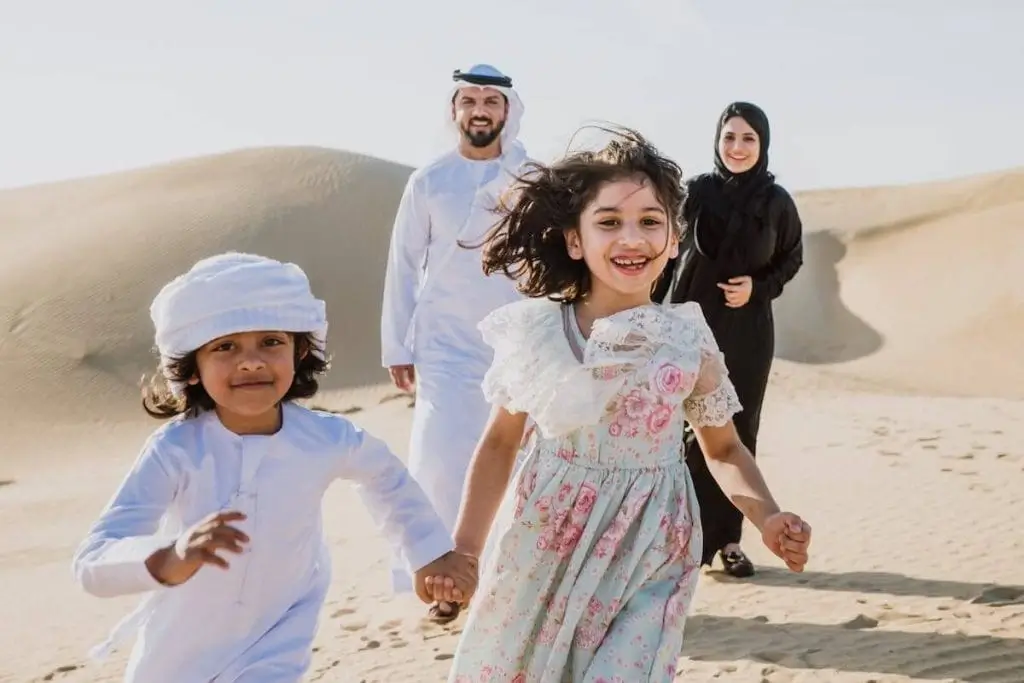Visiting Dubai and looking for a calm, scenic place near the Burj Khalifa? Burj Park Dubai might be just what you need. It is not crowded like a mall or loud like the desert dunes. Burj Park is right in the heart of Downtown Dubai, with views that will stop you in your tracks. What makes it different from other parks of Dubai is its natural views, awesome photo opportunities, and beautiful background of Burj Khalifa. If you want to visit it and have a great time out with your friends and family but do not about its timing, ticket price and location. There is no need to worry; we have got you covered here. In this guide, we will walk you through everything you need to know: Where is Burj Park located? What are the timings? Are there any tickets? What events happen here? Let’s get into the details.
What Is Burj Park?
Burj Park is a peaceful green island located in the middle of the busy Downtown Dubai area. It is a small park surrounded by water, right next to the Dubai Fountain and Burj Khalifa. You’ll see joggers, cyclists, families, couples, and even photographers hanging around here. Trust me; it is more than just a park. Burj Park is also a space for big events, food festivals, outdoor concerts, art shows, and much more.
How Big Is Burj Park?
Burj Park is 27 acres (11 hectares) of land around Burj Khalifa, designed by the top architects of the world. There are various art installations, like statues and gardens, which add to its beauty and appeal.
Burj Park Dubai Location
First things first, where is this park? Burj Park is located in Downtown Dubai, right next to the Burj Khalifa and the Dubai Fountain. The exact address is Burj Khalifa Blvd, Downtown Dubai, Dubai, United Arab Emirates.
How To Reach Burj Park Dubai?
Getting there is easy. If you are driving, just head to Downtown Dubai and look for signs to Burj Khalifa or the Dubai Mall; they are all nearby. Parking is simple, too. Dubai authorities have made it accessible to people by making entry easy so that most people can come here and have fun. Here are the different ways to reach Burj Park:
- By Metro: Take the Red Line and stop at Burj Khalifa/Dubai Mall Station. Walk around for 10-15 minutes, and you will reach your destination.
- By Bus: Travelling by bus is budget-friendly and easy. There are several RTA bus stops at the Dubai Mall or near the Boulevard, making it easy to reach the Park.
- By Car: Car is another good option to reach the Park. You can park at the Dubai Mall, then walk 5-10 minutes to the park.
- By Taxi: Book a taxi ride and simply ask for “Burj Park next to Burj Khalifa.” All drivers know it and you will easily reach the park without any hassle.
What Are Burj Park Opening Hours?
The good news is that Burj Park is open 24 hours. Yes, you can visit anytime. Burj Park is open every day, but timings may change during special events or holidays. Here is the best time to visit the Park.
The Best Time To Visit The Park
Even though the park is open 24 hours, different times of day offer different experiences. It depends on your mood and preferences. If you are an early bird, then the best time to visit the Park is early morning. However, those who love sunsets have the best time in the evening to get the perfect lighting for photography and amazing views. When visiting Burj Park, consider the following times based on your preferences.
- Early Morning (6am – 9am):
The early morning at Burj Park is ideal for joggers and early risers. The park is quiet, and the soft morning light provides a peaceful ambiance. It gives you a great time to enjoy a sunrise view with Burj Khalifa gradually lighting up.
- Afternoon (12pm – 3pm):
Perfect for a gentle stroll or a quiet moment away from the crowds. If you want a break from the city’s heat, visiting during the early afternoon works well, especially during the cooler months.
- Evening (5pm – 9pm):
Most of the visitors would have recommended the evening as the best time to visit Burj Park. It provides the highlight of the day for many visitors. In the evening, the Dubai Fountain shows are in full swing. You can enjoy the golden hour with spectacular views as the sun sets behind the towering Burj Khalifa. It is also an ideal time for photography and social gatherings.
- Late Night (10pm – 1am):
During late night, the park transforms into a serene, almost magical space.t Perfect for a quiet night walk or a moment of reflection while enjoying the illuminated skyline. While you can visit at any hour, these times provide a more memorable and comfortable experience.
Note: During Ramadan or special events, timings may vary.
Burj Park Ticket Information
There is no entry fee to visit Burj Park. You can walk in, relax, jog, or enjoy the view without paying a dirham. It is free to enter, and you don’t need any tickets unless there’s a special event. All the normal activities here are free of cost. You just need to come here with your friends and enjoy the peaceful environment after a long day at work or adventuring in the city.
When Do You Need a Ticket?
As discussed earlier, there is no entry fee or ticket for Burj Park, but if there is a special event organized, you need to pay to attend those events. Most commonly, these events include:
- New Year’s Eve Fireworks
- Dubai Food Festival
- Art Exhibitions
- Private Events or Corporate Shows
Ticket prices to these events depend on the event type. Some are free. Some cost AED 50–200 depending on the activity.
ProTip: You can check the official event pages for upcoming ticketed events.
What Can You Do at Burj Park?
People often confuse Burj Park with Burj Khalifa. Although the park is part of Burj Khalifa, in contrast to the tower, it provides many free activities and leisure places to the visitors. This place is more than just grass and benches. There is a range of activities you can enjoy in the park. Here’s what you can do:
Walk or Jog with a View
There is a paved path all around the park. Walk early morning or just before sunset. You’ll see the Burj Khalifa glowing in the background.
Watch the Dubai Fountain Show
Burj Park offers the best view of the Dubai Fountain without the heavy crowd you’ll find at the Dubai Mall.
Fountain Show Timings:
- Afternoon: 1:00 PM & 1:30 PM
- Evening: Every 30 minutes from 6:00 PM to 11:00 PM
Picnic on the Grass
Bring a mat, snacks, or just grab food from the nearby cafes and enjoy an easy picnic with Downtown views.
Rent a Bike or Scooter
You’ll find Careem bike stands around the park. Download the app, scan a bike, and ride with Burj Khalifa beside you.
Attend Outdoor Activities
Around the year there are many activities and events taking place here. Depending on the time of year, you can enjoy. Some of these events might require tickets, however, most of them are free of cost. So whenever you are in the park, take some time out and enjoy the following things:
- Food truck festivals
- Art Dubai installations
- Open-air cinema night
- Yoga session
- Fitness boot camps
Photoshoots & Proposals
This is a hotspot for photos, especially engagements and weddings. So, if you are newly wedded or engaged and want those perfect Instagram shots? Come during the golden hour (5pm–6:30pm).
Events at Burj Park
Burj Park is a popular place for outdoor public events, especially during the cooler months (October to April). People around the world gather to celebrate and attend these events and have fun in an open space in the heart of Dubai City. Here are some of the big ones:
Dubai Food Festival
The Dubai Food Festival is held at Burj Park in February or March. Features food trucks, tasting events, chef shows, and live music. It usually lasts 10-15 days and gives you a taste of local and international dishes and cuisines.
Art Dubai
Whenever you are in Dubai, never forget to attend the annual art fair in March here at Burj Park. You will get to see art installations placed around the park, plus pop-up galleries. It is an amazing experience for art lovers.
Fitness Events
Boot camps, yoga, and HIIT sessions are popular here at the Burj Park. Most of these are free or low-cost. Mostly early mornings or weekends. If you are a fitness freak and love to work out, then fitness events are a must-attend for you.
New Year’s Eve Fireworks
New Year’s in Dubai is world famous, and if you want to witness the best fireworks display, then head to Burj Park. Get there early because it gets packed. Ticketed zones sometimes apply.
Open-Air Cinema Nights
Enjoy seasonal movie screenings at Burj Park with beanbags and snacks. Bring a light jacket and enjoy classic films under the stars. It is a fun experience for movie lovers.
Facilities At Burj Park
This park is simple, clean, and well-maintained. It is equipped with modern facilities and state-of-the-art architecture to give a serene yet sleek experience with the background of the amazing Dubai skyline featuring Burj Khalifa. Here’s what you will find here:
- Paved Walking Paths
- Public Toilets (limited)
- Benches & Grass Areas
- Bike Racks
- Lighting at Night
- Dog-Friendly Areas (Leashed dogs only)
- Nearby Cafes & Food Trucks
Is There A Kids’ Play Area At Burj Park?
Yes, Burj Park in Downtown Dubai does have a dedicated children’s play area, offering a space for kids to enjoy with views of the Burj Khalifa. So bring your kids with you and have the best time with your family at the Park.
Tips For Visiting Burj Park
Make your visit better with these quick tips:
- Come at sunset for the best views and pictures.
- Avoid Friday evenings if you don’t like crowds.
- Bring a water bottle to stay hydrated during the visit.
- Check the Dubai Calendar app for any ongoing events.
- Use public transport if there’s a major event—it gets busy.
- Pets are allowed, but always on a leash.
Is Burj Park Good For Families?
Yes, but with some notes and precautions. You can come with kids and enjoy a walk or light picnic. But don’t expect slides and swings. Families mostly visit here to see the Dubai Fountain from a less crowded spot. They also visit the Park for a quiet evening walk. It is hard to find a palace here, especially during events like the Food Festival or cinema nights.
Best Photo Spots In Burj Park Dubai
Want that perfect Insta pic or change the Whatsapp DP? Try these angles and get the best photos at Burj Park:
- Burj Khalifa Reflection in the Water (sunset time)
- Across the Dubai Fountain with the Downtown skyline
- Inside the art installations during Art Dubai
- Close-up shots of the palm trees + towers
The golden hour (just before sunset) is the best time for photos. Consider these photo opportunities and have the best shots, even with a smartphone.
Burj Park Nearby Attractions
If you want to have more fun and want to visit the Burj Khalifa’s observation deck (“At The Top”), that’s a different cost—around AED 149 for levels 124-125 or AED 378 for level 148. The Dubai Mall and its aquarium also have their own fees, but they are super close if you want to explore more. So, Burj Park itself is free and awesome, but you can add some paid fun if you feel like it.
Where To Eat Near Burj Park
Feeling hungry? Remember that at Burj Park, you’re surrounded by amazing food. To give your taste buds a treat at any time of the year, consider the following:
- Time Out Market Dubai (Inside Souk Al Bahar)
- Social House (Dubai Mall)
- Fai Lounge
- Karak House (Downtown Boulevard)
- Dubai Mall food court (if you want variety)
If you want budget-friendly options, food trucks often line the edge of the park, even during festivals.
Rules & Guidelines
Before you go, here are a few do’s and don’ts for visiting Burj Park here in Dubai. Keep them in mind for a peaceful and healthy experience.
Things Allowed At The Park:
- You are allowed to walk, jog, or have a picnic with family and friends.
- It is a great spot for photography, so take your cameras with you and click the best shots
- Burj Park is mostly a pedestrian place, but bikes and scooters are allowed. You can rent e-bikes and take a stroll around the park.
- Pets are allowed, but make sure that they are on leashes. This is necessary to ensure the safety of others.
Things Not Allowed:
- BBQs or open fires are strictly prohibited in the park, so this is not an avenue for cooking and food parties.
- Loud music is not allowed; you can listen to the music on your phone but not play it out loud on the speakers.
- Camping and tents are also discouraged because it is not the right place for this purpose.
- Commercial photography without a permit is not allowed.
Security staff often walk around and guide visitors. It is advsiable to cooperate with staff and keep the environment clean and healthy.
Final Thoughts
Burj Park Dubai is one of the city’s hidden gems. It is free, scenic, and peaceful and right next to some of Dubai’s biggest attractions. If you want a relaxing break between shopping and sightseeing, or if you just want a place to think and walk, this park delivers. Burj Park is worth your time due to its beauty and serenity. Pack light, carry water, and don’t forget your camera if you are in for some iconic views. So what are you waiting for? Visit the park and enjoy a peaceful environment away from the hustle of the city with your loved ones.

